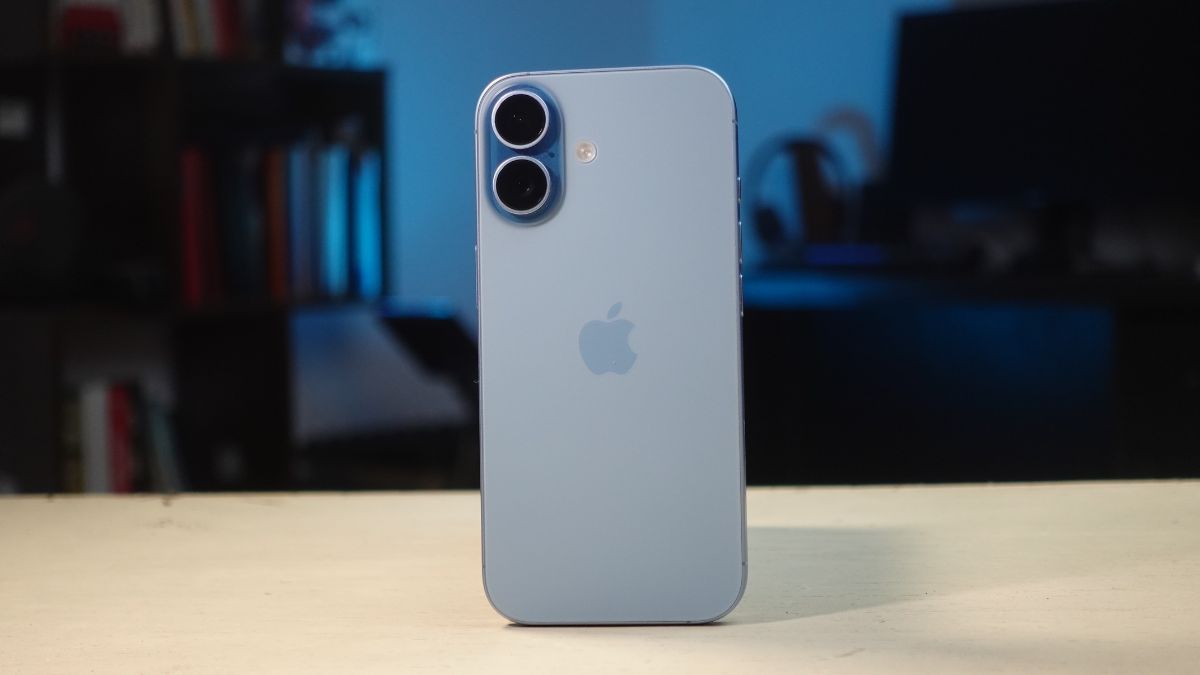Apple is planning a major change to its iPhone launch cycle. According to a new report by Bloomberg’s Mark Gurman, the company will split the iPhone 18 lineup into two separate launch windows. The Pro models will arrive in the fall of 2026, while the standard models will launch in the spring of 2027. This is a big shift from Apple’s usual single fall event strategy.
Apple wants more flexibility and less pressure on its annual September event. Over the years, the fall keynote has become a massive show where new iPhones, Watches, AirPods, and sometimes Macs all compete for time. Splitting the lineup gives Apple more breathing room and better control over production timelines.
If Apple follows this plan, the 2026 fall event will be packed with high-end products. We can expect the iPhone 18 Pro and iPhone 18 Pro Max to headline the show. The much-awaited iPhone Fold is also expected to appear during the same event. Apple may also introduce new Apple Watch models and refreshed Macs.
This launch window becomes Apple’s premium showcase where the most advanced hardware takes center stage. The standard iPhone 18 models will reportedly arrive months later. Apple is expected to launch the base iPhone 18, a new version of the iPhone 16e likely called the iPhone 18e, and possibly a new iPhone Air.
This gives the spring event a clear focus on affordable and mid-tier devices. It also gives users more choices spread across the year instead of one big drop. From a business point of view, spreading out these launches can smooth out production, reduce supply chain pressure, and increase sales momentum across more months.
The iPhone Air remains a mystery, but new reports suggest Apple is using this device for hardware testing. The Air’s design is said to help Apple experiment with ideas that will later be used in the foldable iPhone. Since it is produced in low volume, it gives Apple freedom to test new materials and hinge technology without risking mass production issues.
Early leaks also claim that Apple will not include a second rear camera on the iPhone Air. The company believes an ultrawide sensor is not a must-have feature for buyers in this category.
Splitting the iPhone lineup into two groups solves many problems for Apple. The company has faced rising production complexity, supply chain delays, and increasing pressure to deliver major upgrades every year.
A two-stage release gives Apple time to fine-tune each model instead of pushing everything into the same deadline. It also reduces the fall event’s dependence on a single product line. In short, it makes Apple more flexible.
For customers, this shift means more product variety throughout the year. Users who prefer Pro models can still look forward to the classic fall launch. Those who prefer smaller or cheaper models will have a dedicated spring release window.
Apple can also space out new features more naturally and avoid the feeling that everything is being rushed at once. If Apple goes ahead with this strategy, the iPhone 18 series may become one of the most interesting and diverse iPhone lineups we have seen in years.













